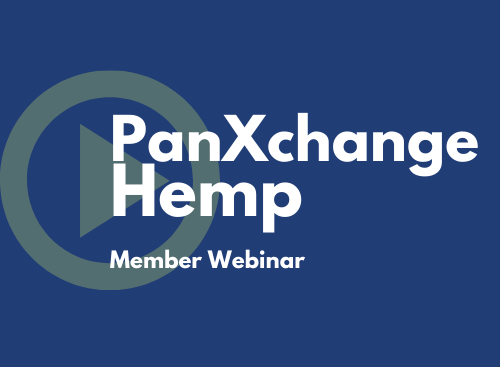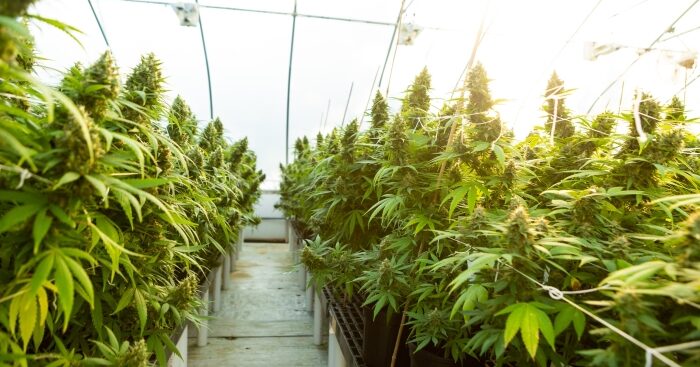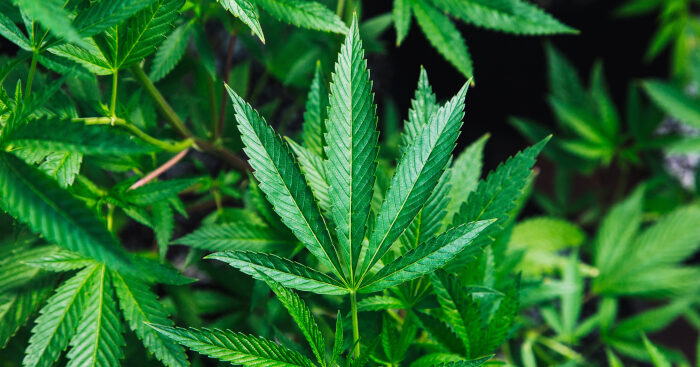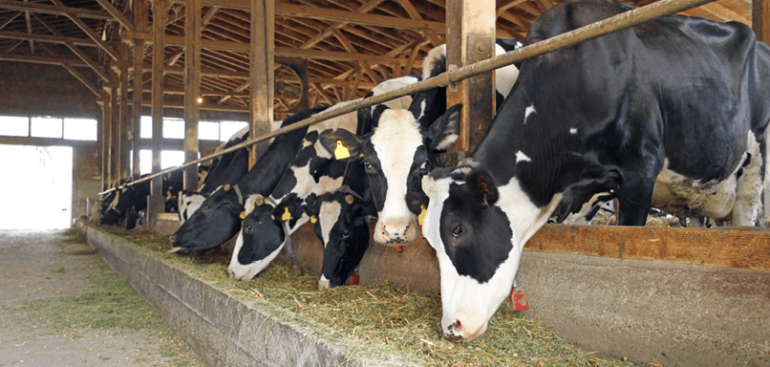On each Friday following the distribution of PanXchange® Hemp: Benchmarks & Analysis, the Hemp team will be hosting an online webinar to discuss industry trends such as our regional pricing benchmarks, market commentary, supply and demand analysis, and other recent content. This webinar is intended to give our subscribers the opportunity to connect with the PanXchange team to ask questions and discuss topics in an open format. This is a service exclusive to only PanXchange platform participants and data subscribers – at no additional cost.
Hemp Industry Daily
Federal agriculture officials have determined that hemp farmers don’t qualify for a $16 billion fund designated for farmers who saw price drops because of the novel coronavirus.
The USDA Farm Service Agencies (FSA) Crop Acreage Report on industrial hemp left the PanXchange’s hemp team scratching our collective heads. Only 47,250 total planted acres were reported, which was 22.9% of last year’s total planted acreage. Even when accounting for late reported acres (+27% between August 2019 to end of year-2019), a forecast of 60,008 planted acres for the crop year 2020 far fall below even the most extreme expectations.
Denver Business Journal
We are so honored to announce that Julie Lerner won the category of Small Business Leaders at Denver Business Journal’s Outstanding Women in Business event.
U.S. farmers appear to be fleeing the hemp market after a rush last year to meet over-hyped CBD demand resulted in plunging prices and warehouses full of unsold supply.
Even in the hemp industry, virtually all facets, including extraction equipment and greenhouse grows, ultimately have a large carbon footprint. In fact, According to the Global Footprint Network, just one joint generates around 1.5 kg of CO2 emissions, roughly the equivalent of leaving a 100-watt light bulb turned on for an entire day. This figure is an incredible statistic, but only captures such a small piece of our market and an inconsequential piece of the global carbon footprint. However, hemp is often touted as a carbon-negative material and regurgitated by many people as such.
On each Friday following the distribution of PanXchange® Hemp: Benchmarks & Analysis, the Hemp team will be hosting an online webinar to discuss industry trends such as our regional pricing benchmarks, market commentary, supply and demand analysis, and other recent content. This webinar is intended to give our subscribers the opportunity to connect with the PanXchange team to ask questions and discuss topics in an open format. This is a new service exclusive to only PanXchange platform participants and data subscribers – at no additional cost.
PanXchange’s July hemp benchmark report was published on Wednesday. If you have been following this space you will not be surprised to learn that hemp prices remain depressed. Low prices for biomass and hemp-derived products reflect the overhang from last year’s harvests and processing. With reliable or official information about this year’s crop largely unavailable, the industry has to just wait and see what materializes.
Over the last few years, hemp has received plenty of fame for its potential environmental impacts that come from its 2018 legalization. Researchers are continuously taking on the challenge of proving how much water, pesticide, and other ecological requisites it takes for a farmer to cultivate hemp; however, one must not only consider the plant itself but the full lifecycle of the plants’ end product. Once the plant has left the farm, and in this case, turned into hemp plastic, where does it end up?
Hemp has all the makings of a competitive ingredient in animal feed, but the industry has significant legislative hurdles to clear before widespread adoption.
Food is essential to all things living, yet the pure scale of the many industries that directly influence its supply chain tends to go unnoticed. The U.S. agriculture industry, including feed grown for animals, contributes more than $1 trillion annually to the U.S. Gross Domestic Product (GDP). The U.S. and China are by far the two largest consumers and producers of animal feed in the world. Animals in the U.S. alone consumed more than 230 million tons of feed in 2016, which resulted in approximately 52 billion pounds of livestock and poultry protein. And the market is growing. “The U.S. animal feed market is expected to grow at a CAGR [compound annual growth rate] of 2.40% … to reach $83.663 billion in 2024 from $72.568 billion in 2018,” according to Research and Markets.









